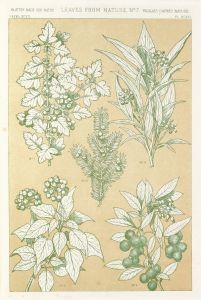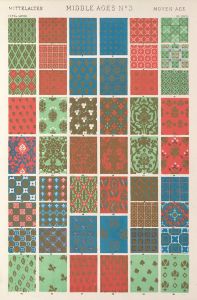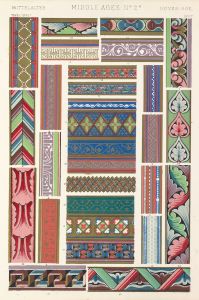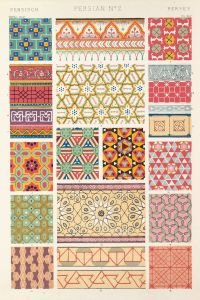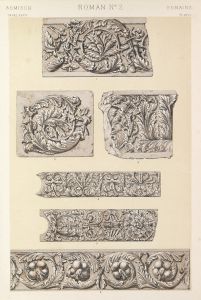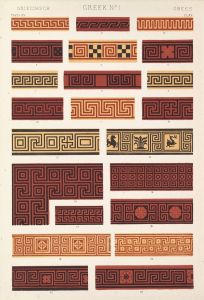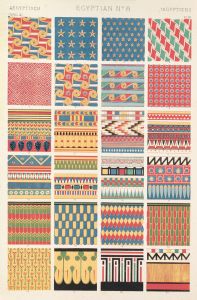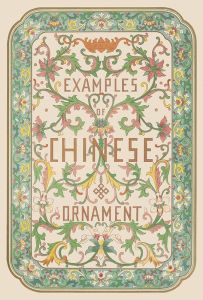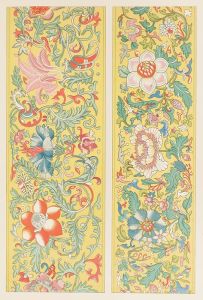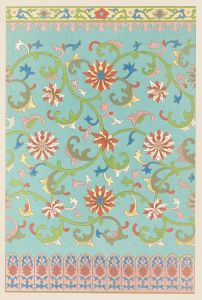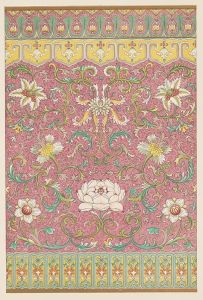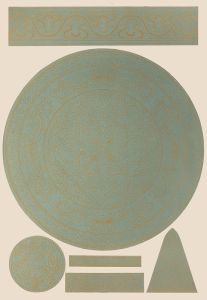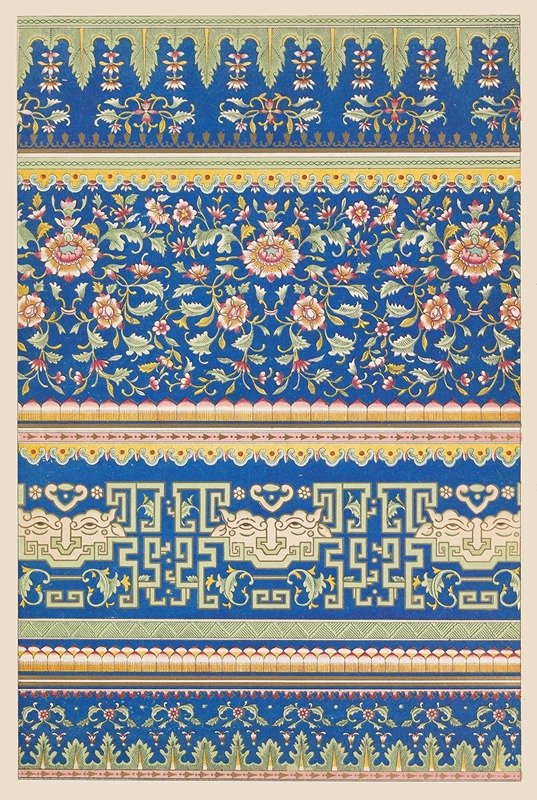
Examples of Chinese ornament, Pl.53
A hand-painted replica of Owen Jones’s masterpiece Examples of Chinese ornament, Pl.53, meticulously crafted by professional artists to capture the true essence of the original. Each piece is created with museum-quality canvas and rare mineral pigments, carefully painted by experienced artists with delicate brushstrokes and rich, layered colors to perfectly recreate the texture of the original artwork. Unlike machine-printed reproductions, this hand-painted version brings the painting to life, infused with the artist’s emotions and skill in every stroke. Whether for personal collection or home decoration, it instantly elevates the artistic atmosphere of any space.
"Examples of Chinese Ornament, Pl.53" is a notable illustration from the influential work "The Grammar of Ornament" by Owen Jones, a prominent British architect and designer of the 19th century. Published in 1856, "The Grammar of Ornament" is a comprehensive collection of design patterns and motifs from various cultures around the world, serving as a key reference for artists, designers, and architects of the Victorian era and beyond.
Owen Jones was deeply interested in the principles of design and decoration, and his work aimed to educate and inspire through the presentation of diverse ornamental styles. His book includes 100 color plates, each showcasing a different cultural or historical style of ornamentation. Plate 53 specifically focuses on Chinese ornament, reflecting Jones's appreciation for the aesthetic qualities and intricate designs found in Chinese art.
The Chinese ornaments depicted in Plate 53 are characterized by their intricate patterns, vibrant colors, and symbolic motifs. These designs often incorporate elements from nature, such as flowers, leaves, and animals, which are common themes in traditional Chinese art. The use of symmetry and balance is also a prominent feature, reflecting the harmonious principles that underpin much of Chinese philosophy and aesthetics.
Jones's work was groundbreaking in its use of chromolithography, a method of printing in color that allowed for the detailed and vivid reproduction of the original designs. This technique was relatively new at the time and contributed to the widespread influence of "The Grammar of Ornament" by making the intricate details and vibrant colors of the designs accessible to a broad audience.
The inclusion of Chinese ornament in Jones's book highlights the growing interest and appreciation for Asian art and design in Europe during the 19th century. This period saw increased contact between the East and West, leading to a fascination with the exotic and the incorporation of Eastern motifs into Western art and architecture. Jones's work played a significant role in this cultural exchange, promoting a greater understanding and appreciation of non-Western art forms.
"Examples of Chinese Ornament, Pl.53" not only serves as a historical document of design but also as an educational tool that underscores the importance of cross-cultural influences in the development of art and design. By presenting these designs in a systematic and scholarly manner, Jones sought to elevate the status of ornamental art and demonstrate its universal principles.
Overall, "Examples of Chinese Ornament, Pl.53" is a testament to Owen Jones's vision of a global design language, where the beauty and complexity of different cultures are celebrated and studied. His work continues to be a valuable resource for those interested in the history of design and the rich tapestry of global artistic traditions.





